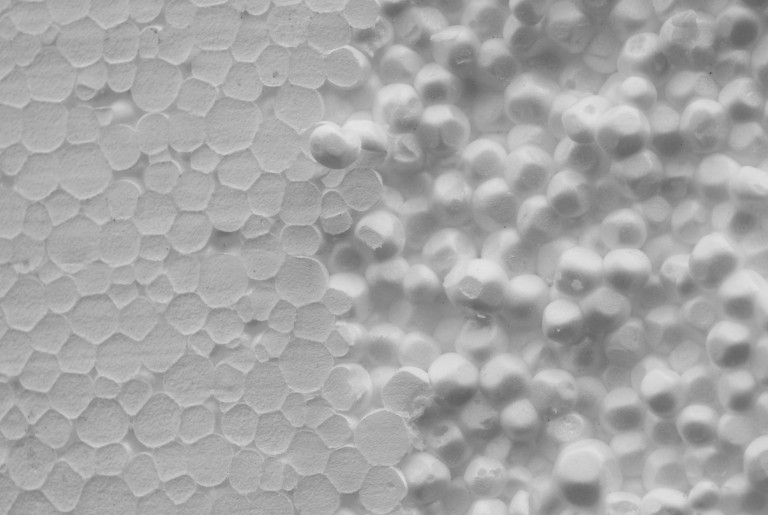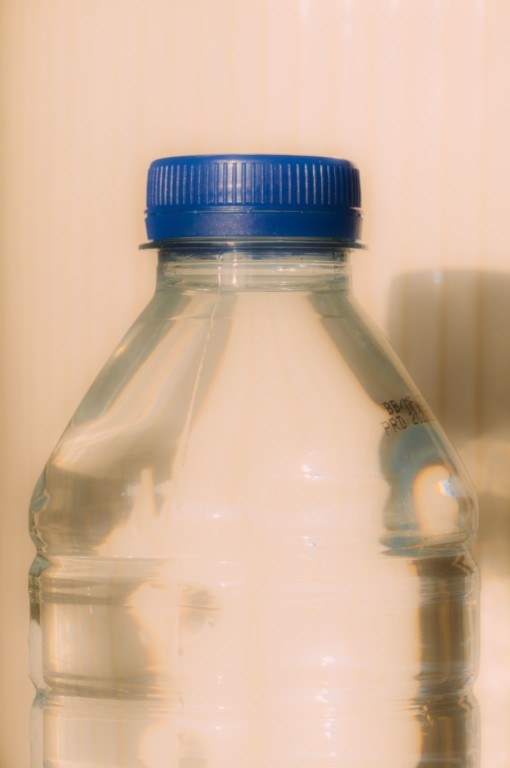
Biodegradable is a term used loosely in the world of plastic. Some companies are claiming biodegradable in certain environments, others are claiming biodegradable plastic after UV deterioration created by sun on plastic which already deteriorates by the sun not microorganisms. This has caused massive amounts of confusion for consumers, businesses and government entities. Countries like the United Arab Emirates, China, Congo, Italy, France and others have recently put laws into place which limit or define each countries definition of biodegradability.
Understanding Biodegradability
First and foremost not all biodegradable claims are the same. PLA based plastics “biodegradable claims” are meant for compostability which are limited to a few (under 20) compost facilities in the United States that accept residential waste. PLA which is made from genetically modified corn is not considered organic by the USDA(Located Here), even though claimed doesn’t biodegrade in a landfill(Anaerobic Biodegradation), has been shown to do the exact opposite by the Japanese BioPlastic Council. This causes more confusion as PLA is generally thrown into landfill environments as claimed by their manufacturer at the bottom of the page.(This is from the FDA Website and was taken down a week after our original post of the link)
Located Here:
Here: http://web.archive.org/web/20110326043315/http://www.fda.gov/Food/FoodIngredientsPackaging/EnvironmentalDecisions/ucm154639.htm
Here:
http://web.archive.org/web/20110412081542/http://www.fda.gov/Food/FoodIngredientsPackaging/EnvironmentalDecisions/ucm154639.htm
Misinformation by Oxo-Biodegradable
Oxo-biodegradable plastic additives are used to degrade the plastic faster under UV light. The plastic does not biodegrade as there is no proof of Co2 evolution or Ch4 evolution within their testing the ASTM D6954. This also has come under scrutiny by the European Union and the Loughborough University (here).
Testing Standards and Test Methods
Compostable:
Testing Method: ASTM D5338
Testing Standard: ASTM D6400 – 180 Days
Biodegradable Plastic:
Testing Method: ASTM D5511
Testing Method: ASTM D5526
Oxo-Degradable:
Testing Method: ASTM D6954
These methods and standards are completed by competent reliable scientific testing companies such as Eden Research Labs
Biodegradable and Compostable
biodegradable plastic is plastic which can be broken down by microorganisms in all environments, whether anaerobic or aerobic environments in all temperatures of microorganisms both thermophilic and mesophilic, the difference between these two are the temperature which mesophiles and thermophilic microbes exist. The optimum temperatures of all microorganisms is 98.6F which is both acceptable for both mesophiles and thermophilic microorganisms. Although for biodegradability mesophiles rapidly grow at 68-77F and thermophilic microorganisms above 98.6F.
Compostable plastic is placed into compost facilities at 140F or above according to the ASTM D6400 which most composting sites operate at around 130F-155F.
Landfills default temperatures are 131F regulated by the EPA, which in some cases the EPA has fined landfill operators operating landfills at 188F as seen in Hawaii(here). The EPA regulates the capture and control of gas, CH4 is captured and used as fuel to power homes and energy for local institutions.
Capturing of Gases
Currently there are no technologies which convert Co2 to energy in the world today and composting (aerobically) creates co2 which creates green house gases 100% of the time. Landfill(Anaerobic) biodegradation creates CH4 which is converted to power for governments and corporations, you can view the EPA’s landfill methane outreach program and the regulations for turning methane gas into energy currently in the United States and in some parts of the world(here).



